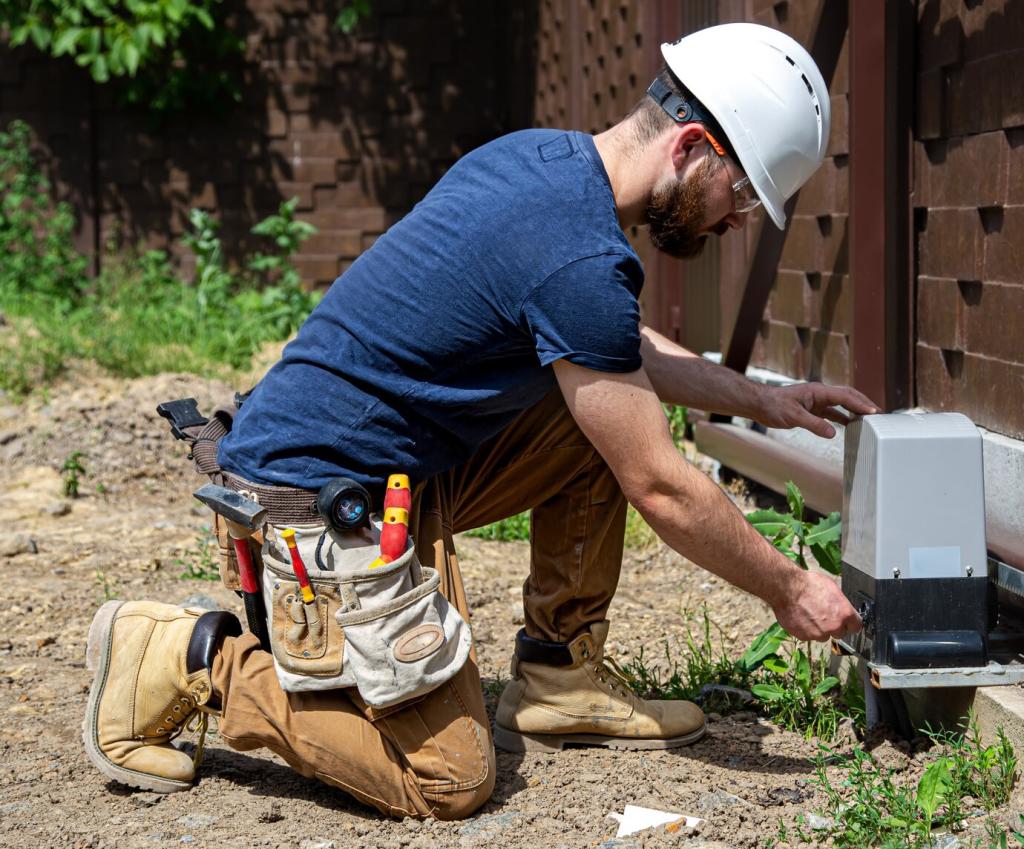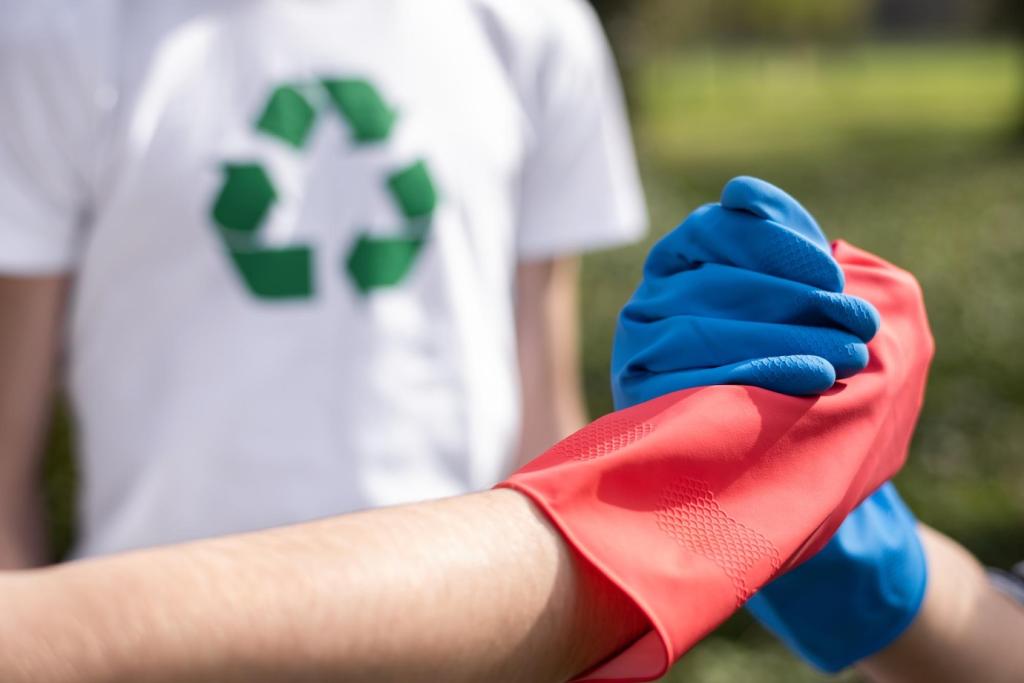Start with Sustainable Materials
Look for natural fibers like linen, hemp, organic cotton, or recycled blends, and certifications such as GOTS for organic textiles, OEKO‑TEX for tested safety, and FSC for responsibly sourced wood frames. Better inputs make every eco‑friendly maintenance step more effective and less resource‑intensive.
Start with Sustainable Materials
If your upholstery is being refinished or reupholstered, ask for low‑VOC or water‑based finishes and adhesives, and consider GREENGUARD Gold materials when possible. Reduced off‑gassing improves indoor air quality, while making gentle cleaners and ventilation more effective during routine care.
Start with Sustainable Materials
When Mira chose a sturdy linen blend with an OEKO‑TEX label, she noticed stains lifted with mild soap and cool water, not harsh solvents. Five years later, cushion structure held, fabric softened beautifully, and her maintenance routine stayed simple, affordable, and impressively planet‑friendly.
Start with Sustainable Materials
Lorem ipsum dolor sit amet, consectetur adipiscing elit. Ut elit tellus, luctus nec ullamcorper mattis, pulvinar dapibus leo.








